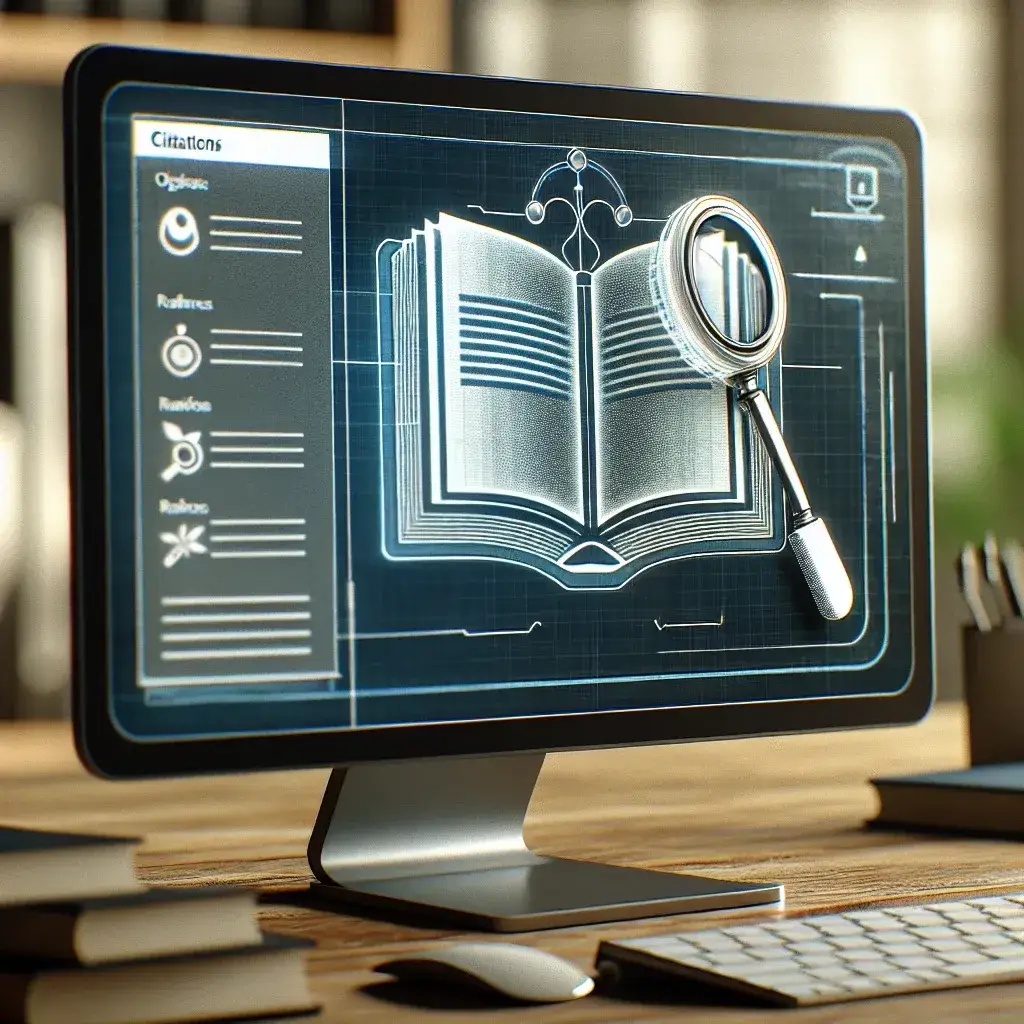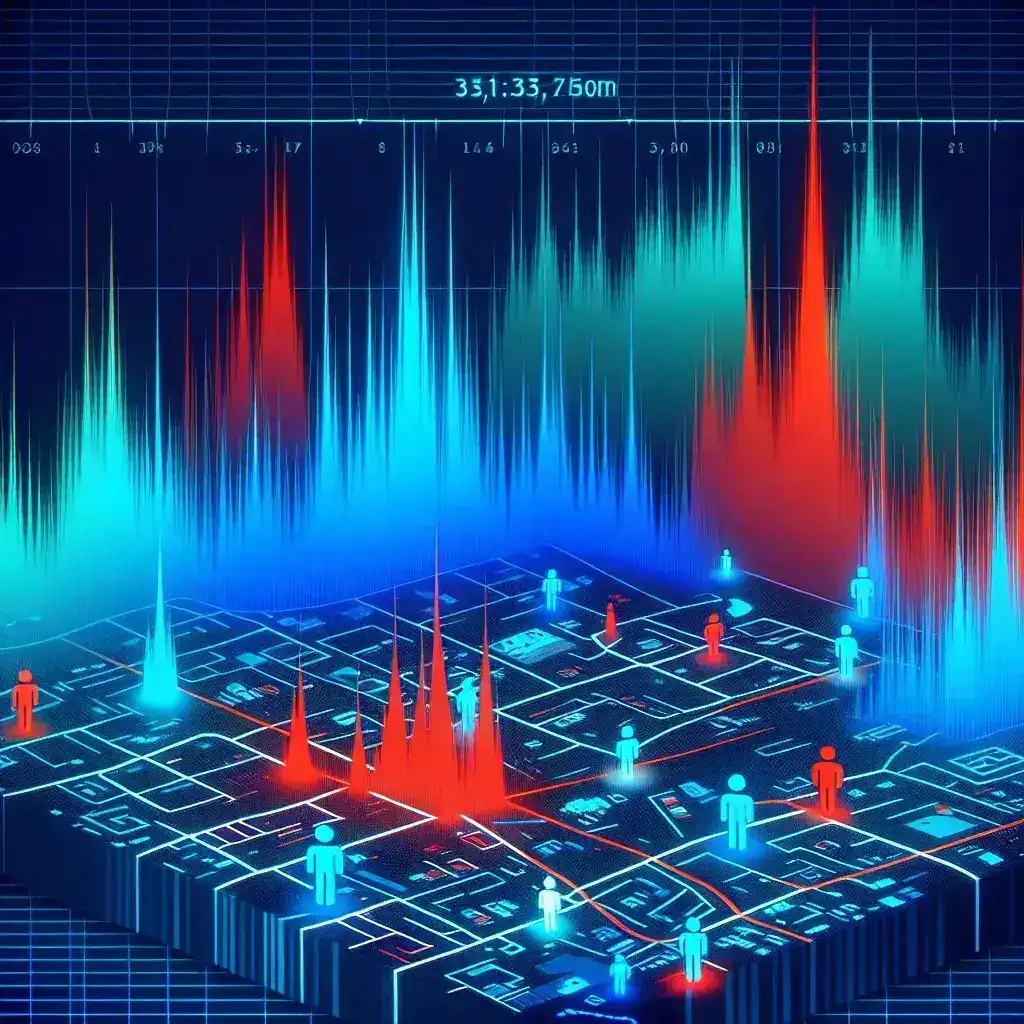Understanding Background Noise in Audio Recordings
Background noise represents one of the most persistent challenges in audio production, affecting everything from professional podcasts to home recordings. This unwanted audio interference can manifest as electrical hums, air conditioning sounds, traffic noise, or even the subtle hiss of recording equipment itself. Understanding the nature of these acoustic intrusions forms the foundation for effective noise removal strategies.
The human ear naturally filters out many ambient sounds during live conversations, but recording devices capture everything indiscriminately. This comprehensive collection of unwanted audio elements can significantly diminish the quality and professionalism of your final product, making noise reduction an essential skill for content creators across all industries.
Types of Background Noise and Their Sources
Different recording environments produce distinct types of background noise, each requiring specific removal approaches. Electrical interference typically appears as a consistent 60Hz hum in North American recordings or 50Hz in European contexts, originating from power lines and electronic devices. Environmental noise encompasses traffic sounds, air conditioning systems, and general room tone that creates an underlying audio foundation.
Equipment-generated noise includes microphone self-noise, preamp hiss, and digital artifacts from poor-quality audio interfaces. Understanding these categories helps identify the most appropriate removal techniques for each situation, ensuring targeted and effective noise reduction without compromising the desired audio content.
Identifying Problematic Frequencies
Successful noise removal begins with accurate identification of problematic frequency ranges. Low-frequency rumbles typically occupy the 20-100Hz spectrum, while electrical hums concentrate around specific frequencies like 60Hz and its harmonics. Mid-frequency noise often includes HVAC systems and distant traffic, while high-frequency issues encompass tape hiss and digital artifacts.
Using spectral analysis tools allows visual identification of these unwanted frequencies, making targeted removal more precise and effective. This analytical approach prevents the common mistake of applying broad noise reduction that can negatively impact the desired audio content.
Free Software Solutions for Noise Removal
Audacity stands as the most accessible entry point for noise removal, offering robust tools without financial investment. The software’s noise reduction effect analyzes a sample of pure noise to create a profile, then removes similar frequencies throughout the entire recording. This process requires careful parameter adjustment to avoid over-processing, which can create artificial-sounding results.
Reaper provides another excellent free option during its evaluation period, featuring sophisticated noise reduction plugins and real-time processing capabilities. The software’s spectral editing features allow precise frequency-specific editing, enabling surgical removal of specific noise elements without affecting surrounding audio.
Step-by-Step Audacity Noise Removal Process
Begin by selecting a portion of your recording containing only background noise, typically found at the beginning or end of recordings. Navigate to the Effect menu and select Noise Reduction, then click “Get Noise Profile” to analyze the unwanted frequencies. Apply this profile to your entire recording using moderate settings initially, typically starting with 12dB reduction and 6.00 sensitivity values.
Fine-tune these parameters based on your specific recording, increasing reduction for heavily contaminated audio while maintaining lower settings for subtle noise issues. Preview the results frequently to ensure the desired audio remains natural and unprocessed.
Professional Software and Advanced Techniques
Industry-standard software like Adobe Audition, iZotope RX, and Waves plugins offer sophisticated noise removal capabilities that surpass free alternatives. These professional tools utilize advanced algorithms including machine learning and spectral repair technology to achieve transparent noise reduction while preserving audio quality.
iZotope RX represents the gold standard for audio repair, featuring modules specifically designed for different noise types. The Dialogue Denoiser uses artificial intelligence to distinguish between speech and noise, while the Spectral Repair tool allows manual editing of specific frequency ranges with surgical precision.
Advanced Spectral Editing Techniques
Spectral editing provides visual representation of audio content across frequency and time domains, enabling precise identification and removal of unwanted elements. This technique proves particularly effective for removing isolated noise events like phone rings, door slams, or brief electrical interference without affecting surrounding audio.
Professional editors often combine multiple approaches, using broadband noise reduction for consistent background noise while employing spectral editing for specific problematic elements. This layered approach achieves superior results compared to relying on single-solution methods.
Hardware-Based Noise Reduction Solutions
Hardware noise gates and processors offer real-time noise reduction during recording, preventing noise issues rather than requiring post-production correction. Professional audio interfaces include built-in noise reduction features, while dedicated hardware units like the DBX 286s provide comprehensive signal processing including gating, compression, and noise reduction.
These hardware solutions prove particularly valuable for live streaming and real-time broadcasting where post-production editing isn’t feasible. However, they require careful setup and monitoring to avoid cutting off desired audio content or creating unnatural gating effects.
Implementing Hardware Noise Gates
Proper noise gate configuration requires setting appropriate threshold levels that distinguish between desired audio and background noise. The attack time determines how quickly the gate opens when audio exceeds the threshold, while release time controls how long the gate remains open after audio drops below the threshold.
Ratio settings determine how aggressively the gate attenuates signals below the threshold, with higher ratios providing more dramatic noise reduction but potentially creating more noticeable gating effects.
Prevention Strategies for Clean Recordings
The most effective noise removal occurs during the recording process through proper microphone placement, acoustic treatment, and equipment selection. Directional microphones naturally reject off-axis noise, while proper gain staging prevents unnecessary amplification of background noise along with desired signals.
Recording environments benefit significantly from basic acoustic treatment, including heavy curtains, carpeting, and furniture that absorbs reflections and reduces room noise. Even simple improvements like recording in closets filled with clothing can dramatically improve recording quality by minimizing environmental noise.
Optimal Recording Techniques
Maintain consistent distance from the microphone to ensure stable signal levels while minimizing room tone pickup. Position microphones away from noise sources like computers, air conditioning vents, and electrical equipment. Use pop filters and shock mounts to reduce handling noise and plosive sounds that can complicate noise removal processes.
Monitor recording levels carefully to maintain strong signal-to-noise ratios, recording at appropriate levels that capture clear audio without clipping while minimizing the relative level of background noise.
Common Mistakes and How to Avoid Them
Over-processing represents the most frequent error in noise removal, creating artificial-sounding results that can be more distracting than the original noise. Aggressive noise reduction often introduces artifacts like metallic resonances, pumping effects, or loss of natural ambiance that makes recordings sound sterile and unnatural.
Another common mistake involves applying noise reduction to the entire frequency spectrum when the problematic noise occupies only specific ranges. Targeted frequency-specific processing preserves audio quality while effectively addressing noise issues.
Balancing Noise Reduction and Audio Quality
Successful noise removal requires finding the optimal balance between noise reduction and preservation of desired audio characteristics. Start with conservative settings and gradually increase processing intensity while monitoring for artifacts or unnatural sound quality changes.
Consider the context of your recording when determining acceptable noise levels – a slight background hum might be imperceptible in a music recording but problematic in a quiet podcast segment.
Future Trends in Audio Noise Reduction
Artificial intelligence and machine learning technologies continue advancing noise reduction capabilities, with new algorithms that can distinguish between different types of audio content more accurately than traditional methods. These developments promise more transparent noise removal with fewer artifacts and better preservation of desired audio characteristics.
Real-time processing improvements also enable more sophisticated noise reduction during recording, potentially eliminating the need for extensive post-production work while maintaining professional quality standards.
Cloud-based processing services are emerging that leverage powerful servers to perform complex noise reduction tasks that would be computationally intensive for local hardware, making professional-quality noise removal more accessible to content creators with limited technical resources.
Conclusion
Effective background noise removal combines understanding of audio principles, appropriate tool selection, and careful application of processing techniques. Whether using free software like Audacity or professional solutions like iZotope RX, success depends on identifying specific noise characteristics and applying targeted solutions rather than broad-spectrum processing.
Prevention through proper recording techniques remains the most effective approach, but when noise removal becomes necessary, the techniques and tools discussed provide comprehensive solutions for achieving professional-quality results. Regular practice with these methods develops the critical listening skills necessary for making informed decisions about noise reduction parameters and techniques.




Leave a Reply